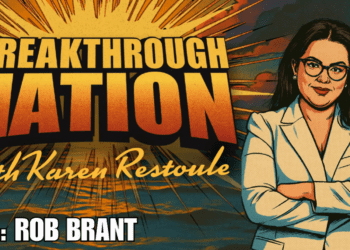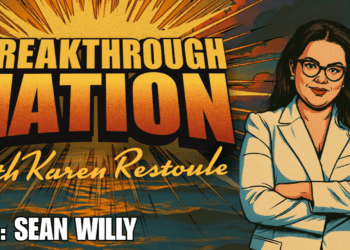The following story by John Ibbitson about MLI’s first publication, Free to Learn, appeared in the The Globe and Mail on March 16, 2010.
A new think tank wants Indian band councils stripped of their power to give out post-secondary education grants. Instead, it says, Ottawa should create accounts for each Indian child at birth that would be used later for tuition and living expenses.
The proposal from the Macdonald-Laurier Institute arrives as the Conservative government prepares to unveil a new plan to finance native and Inuit post-secondary education.
For the authors, anything would be better than the status quo.
“The current system is rife with nepotism, corruption, favouritism,” according to Calvin Helin, a first-nation entrepreneur and co-author of the report. Chiefs and councils decide who deserves funding and much of the money doesn’t get spent on students at all.
“Education is far too important to be politicized in this way,” Mr. Helin maintains.
But the idea of cutting funding to the councils has not gone down well with the Assembly of First Nations
, which represents Canada’s status Indians.
“We see nothing in [the report] that will help increase student access, retention or graduation rates, which must be the goal of any post-secondary program,” Karyn Publiese, the AFN’s communications director, said in an e-mail.
Among Indians 25 to 64 years of age, 38 per cent have failed to complete high school. For non-aboriginals, the figure is 15 per cent. Only three per cent of registered Indians have a university degree, compared to 18 per cent for the general population.
Registered Indians who finish high school, whether they live on or off reserve, are eligible for grants to attend a vocational school, college or university. Ottawa spends $314-million annually on those grants. But no one has a clue about how much actually benefits students. Ottawa simply gives the money to band councils, who disburse it as they see fit. Any money left over goes into the general budget.
The authors of the report consider this outrageous. “Surplus funds from a national program intended to cover Indian students’ post-secondary education should be spent on the students,” they assert, “not on band council travel expenses or staff childcare arrangements.”
And if you are one of the 70 per cent of Indians who live off reserve, Mr. Helin added in an interview, “you would probably not receive a dime. Nobody knows you and there is no political payoff to financing your education.”
The report proposes that the federal government
deposit $4,000 in an aboriginal post-secondary savings account for each Indian at birth. Further deposits would follow as the students progress through school, giving them each $25,000 plus interest accrued to use for post-secondary education. The government would send funds for tuition directly to the school, while providing a stipend for living expenses. This would cost no more than the $314-million being spent now. If the student’s do not go to post-secondary education, the money would go back into government revenues.
The proposal must confront the dismal legacy of federal involvement in Indian education, which included the infamous residential schools and other abuses. That is why bands now directly control education funding, and one reason they won’t easily surrender that control.
Indian and Northern Affairs, in a statement, said it “welcomes” the report, and would include it with other input the department has been gathering over the past two years as it prepares to announce a new plan for Indian and Inuit post-secondary education funding.
For the AFN, the best approach would be for Indian and Northern Affairs to work with natives to design programs together, and to increase funding for those programs, on the grounds that post-secondary grants have not been keeping up with rising tuition.
Beyond the moral imperative of breaking the poverty cycle among Indians on reserves is the practical consideration of the shortages that will emerge in the Canadian labour force as the Boomers start to retire.
“The aboriginal population is the greatest source of underutilized workers” in the country, Mr. Helin observes.
“If Canada wishes to retain its current level of prosperity and its current level of wealth, we absolutely have to get the aboriginal population involved in the work force.”





